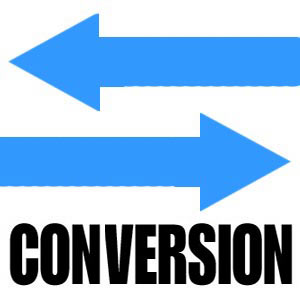How to Design a Successful Lead Distribution Process
 Don’t let another lead slip through the cracks because of poor lead distribution practices. Minimize human error through an automated distribution system while also implementing an analytical way to effectively distribute your hard-earned leads. There are several methods of lead distribution to choose from; it is critical that you have done due diligence in determining the best process for distributing your leads. Take the following considerations into account when determining how to design a successful lead distribution process for your team that will maximize conversion.
Don’t let another lead slip through the cracks because of poor lead distribution practices. Minimize human error through an automated distribution system while also implementing an analytical way to effectively distribute your hard-earned leads. There are several methods of lead distribution to choose from; it is critical that you have done due diligence in determining the best process for distributing your leads. Take the following considerations into account when determining how to design a successful lead distribution process for your team that will maximize conversion.
Iterative Process
First and most importantly, optimize the distribution process through iterative evaluation—test, evaluate, optimize, and retest. Each lead is different and each sales rep unique, so it is expected that results will vary each time. Create a systematically evolving process that encompasses the most effective combination of the various distribution methods (round robin, push/pull, top performers, etc), depending on which stage of the sale you’re in. No one method will be the most effective; rather it’s a combination of them that will produce the successful lead distribution process.
Utilize Your Skill Sets
With your marketing automation practices, you are already collecting a plethora of data on each lead. Put it to use. Use the “specialization method” of lead distribution to assign leads to reps based on the lead’s interest and buying readiness (all of which can be found through visitor tracking practices). Evaluate the lead’s profile and distribute to a specific channel that will enable your rep to be the most prepared and able to accommodate the lead.
Evaluating each lead before distribution can be a timely process and may or may not be worth the marketing team’s time; reserve this method for leads that have greater buyer readiness (based on their previous behavior). Misdirecting a lead can have a detrimental consequence, for example, sending a lead to the incorrect sales rep and wasting the lead’s time as they are redirected to the correct sales rep with the corresponding expertise.
Effective Scaling
In order to design a successful lead distribution process, you must be able scale the lead management process effectively. For high volume lead processing, round robin is not the best route to take. Take time to understand the patterns, and from those results implement a shared push/pull method that enables sales reps to better manage their workloads (which translates to higher quality lead nurturing) while also holding them accountable for assigned tasks.
Each method has its advantages and disadvantages. There are many dynamic factors to consider when you are trying to design a successful lead distribution process, and because of this, the best distribution process is a constantly evolving one. Keep in mind the skill sets of your sales reps, the specifics of each product being sold, and the expectations of the leads. Utilize marketing automation practices to increase ROI and decrease lead loss. To learn more about how Lead Liaisons can make your lead distribution process more efficient, check out their solutions.









